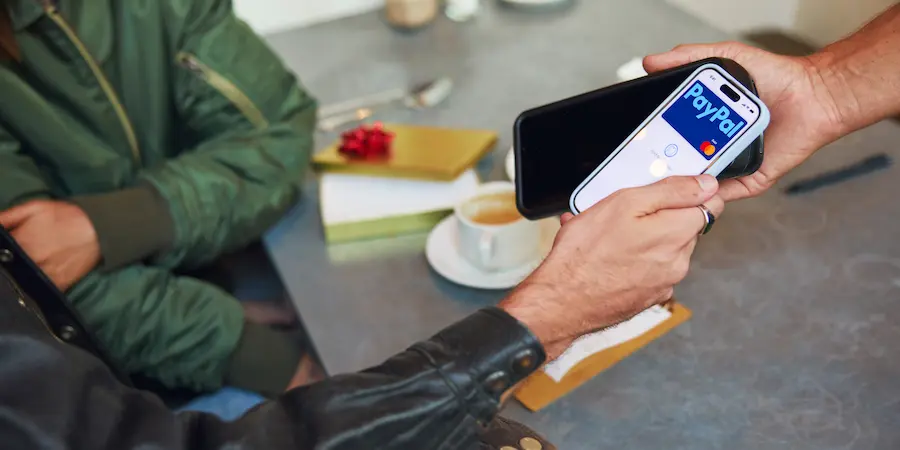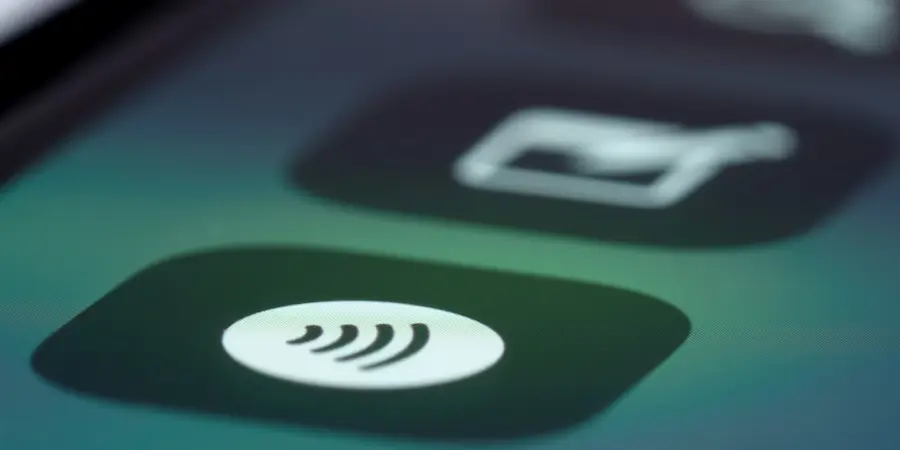What if I told you that you probably already use NFC several times a day without realizing it? This technology has been with us for decades and, although it sounds futuristic, it is the reason you can pay with your phone, validate a transit pass or pair headphones just by bringing them close. In 2025, NFC has become an invisible standard that simplifies everyday tasks with the elegance of a click without clicking.
What NFC is and how it works
NFC stands for Near Field Communication, a short-range radio-frequency communication that operates at 13.56 MHz and inherits concepts from RFID tags. Its essence is proximity: you only need to bring two devices a few centimeters apart (typically between 4 and 10 cm) for an instant data exchange to take place. There are no complex pairings or passwords; close contact acts as a “switch”.
The magic happens through induction: when devices are brought close, an electromagnetic field is created that allows information to be transmitted at modest speeds (up to around 424 Kbps). Therefore, while it can transfer small amounts of data, its strength is not sending large files but identification, validation and quick setup. In fact, compared to Bluetooth —which usually requires discovery, pairing and confirmation— NFC works like an ultra-fast handshake that initiates or authorizes something, while another protocol takes care of the rest if needed.
There are two operating modes. In active mode, both devices generate the field and converse with each other. In passive mode, only one creates the field and the other, usually a tag or card, uses that energy to respond. This range limitation, which prevents long-distance communications, is at the same time its greatest security advantage: everything happens because you deliberately bring the devices together.
Key uses today: payments, transport, identity and more
The flagship use case is contactless payments. With Apple Pay, Google Pay (via Google Wallet) or Samsung Wallet, you bring your smartphone or smartwatch near the terminal and that’s it; in Samsung’s case, MST is even integrated for additional compatibility with certain card terminals. This has relegated the physical wallet to the background in supermarkets, restaurants and shops.
Public transport is another area where NFC shines. Many cities allow you to validate tickets or passes with your mobile or with contactless cards, and some platforms offer express modes that allow validation without unlocking the device. The experience is almost magical: you bring your phone to the turnstile and you pass.

Digital identity verification also relies on NFC. Electronic passports and various chip-enabled documents store your data securely; when read with a mobile phone, the app validates the chip’s digital signature just as border controls do, which speeds up procedures and removes the need for dedicated readers. This approach is not only convenient but also precise, because the data is extracted directly from the official document.
For quick information exchange, NFC allows sharing contacts, locations or small data between phones with a simple tap. However, in Apple’s ecosystem, features like NameDrop rely on UWB for that device-approach gesture, reserving NFC for payments and validations. It’s the best example of how technologies complement each other: NFC initiates or authorizes, and UWB or Bluetooth handle the richer transfer.
There are also uses that charm the geek audience: NFC tags to automate actions (activate silent mode when you place your phone on the nightstand, connect to WiFi when you enter the house, trigger a smart home scene), instant pairing of accessories (speakers, headphones or the car system) and digital keys for hotels, smart locks or even vehicles. In marketing and signage, bringing your phone to a tag can open a website, show product details or register your attendance at an event, all without typing or scanning.
Compatibility, activation and security
Compatibility today is broad: on iPhone, all recent models integrate NFC; on Android, the vast majority do as well, except for some very basic or older devices. Unsure? You can check it in Settings (connectivity or shortcuts) or with simple apps like NFC Check, which tell you instantly if your phone has a chip and if it’s active.
Turning it on is simple. On Android it is usually enough to tap the NFC switch from the quick settings or in Settings > Connections. On iPhone, the system does not offer a button to manually turn it on or off: iOS manages it transparently for Apple Pay payments and for the apps that use it when appropriate.
And security? By operating at very short distances, NFC reduces the risk of remote attacks and also requires an explicit proximity gesture. Even so, like any radio technology, it can be susceptible to being read if someone approaches with a malicious reader; that is why it’s advisable to use it consciously and not place your phone on unknown surfaces or equipment. The balance is clear: limited range and instant connection that make life easier, with basic good practices that keep surprises at bay.
In short, NFC is that small superpower that unlocks payments, access and pairings without friction. Ready to get even more out of it and let your gadgets talk to each other with a simple approach?

